DTF Printing vs Sublimation Printing: Which Is Best For Your Business?
Author : KingJet
2024-08-07
In the field of personalized and high-quality printing, DTF (direct-to-film) printing and sublimation printing are leading the market as the two leading thermal transfer technologies., Both of them are leading the market trend. They can both perfectly present the carefully designed patterns on the clothing, but each of them has its unique charm and challenges.
Therefore, many entrepreneurs and designers often face such doubts: What is the difference between DTF printing and sublimation printing? Which one can better meet my printing business needs?
In short, DTF printing has become an all-around player with its wide fabric compatibility, bright colors, and unique tactile layer; while sublimation printing has won the favor of specific markets with its photo-level printing quality, perfect adaptation to light-colored polyester fabrics, and seamless touch.
If you are a designer dedicated to customizing T-shirts, and hoodies or exploring creative home products, these two technologies are undoubtedly powerful tools to realize your creativity.
Table of Contents
Working principles of DTF printing and sublimation printing
What is DTF printing?
DTF printing, or direct film printing, is a relatively new and popular textile printing technology in recent years. It is mainly a technology that directly prints digital images onto special films.
It uses a high-precision DTF printer to spray the designed pattern accurately onto the film as a dot matrix to form a high-definition image. Subsequently, these patterned films can be transferred to various materials such as textiles, and leather, etc. through thermal transfer, hot pressing, etc.
What is sublimation printing?
Sublimation printing is a printing method that uses heat energy to sublimate special inks and penetrate the inside of the medium.
During the printing process, the printer sprays four-color (or more) sublimation ink on special transfer paper, and then through the action of high temperature and pressure, the ink is sublimated into gas and directly penetrates the surface of the medium, forming a colorful and layered image.
Since the ink directly penetrates the inside of the medium, the printed image has extremely high durability and stability.
To quickly understand the differences between them, you can check the following table:
| Printer | DTF | Sublimation |
| Printing Process | Printing-shaking powder-drying-transfer | Printing-transfer |
| Printing Effect | Bright colors | Realistic images and colors are not as vivid as DTF |
| Breathability | Poor | Good |
| Touch Feeling | Rough and coated feel | Patterns are integrated into the fabric for a good feel |
| Production Efficiency | Faster printing speed and high production efficiency | Fast printing speed, slightly longer transfer time |
| Applied Materials | Almost all textile fabrics, dark and light fabrics are available | It can only be printed on light or white polyester fabrics |
| Print Range | Garments, shoes, hats, bags, umbrellas, etc. | Sportswear, shirts, skirts, flags, curtains and other items that are easily sublimated |
Application scope of DTF printing and sublimation printing
Application scope of DTF printing
DTF printing is widely used in many fields due to its high precision, efficiency, and wide material adaptability.
Clothing: DTF printing technology can be applied to clothing of various fabrics, including T-shirts, sweatshirts, sportswear, jeans, skirts, etc. It can achieve the finest details and bright colors on dark and light substrates, bringing personalized patterns and designs to clothing.
For home furnishings: Such as pillows, sheets, etc., DTF printing technology can also give them unique patterns and colors to meet consumers’ personalized needs for home decoration.
Accessories: such as hats, shoes, gloves, socks, etc., DTF printing technology adds fashion elements to these accessories, making them more eye-catching.


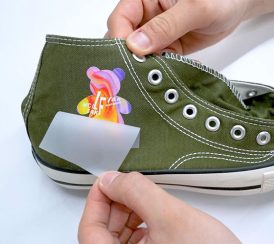
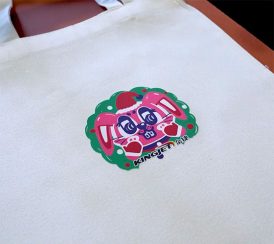
Application scope of sublimation printing
Sublimation printing occupies an important position in the personalized customization market with its excellent color performance and material adaptability.
Garment Industry: sublimation printing technology is widely used for pattern printing of sports T-shirts, sportswear, swimwear, work clothes, and other products.
It can print photo-realistic images and colors on light-colored or white polyester fabrics, meeting the high requirements of sportswear for patterns and colors.
Home textile industry: sublimation printing can be used to make personalized home furnishings such as pillows, curtains, bed sheets, quilt covers, etc., bringing personalized and rich patterns and colors to home textiles, and improving the quality of home life.
Gift and souvenir market: thermal sublimation printing technology can customize mugs, photo boards, tourist souvenirs, key chains, etc., providing efficient and convenient solutions for the gift and souvenir customization market, and meeting consumers’ needs for personalized gift customization and souvenir collection.

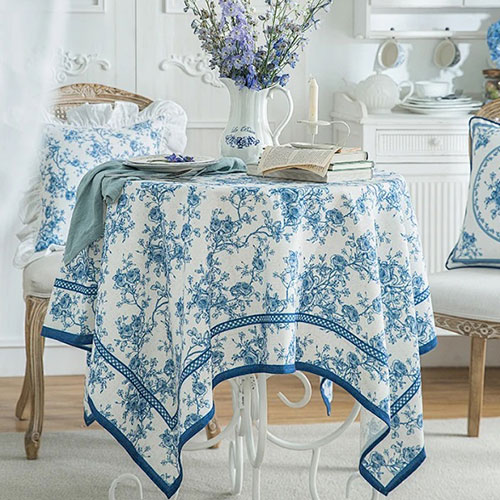
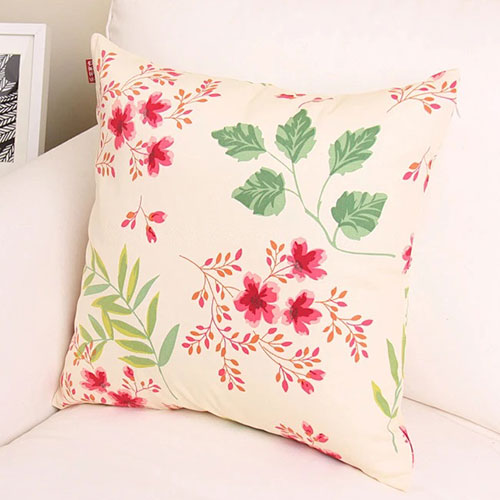
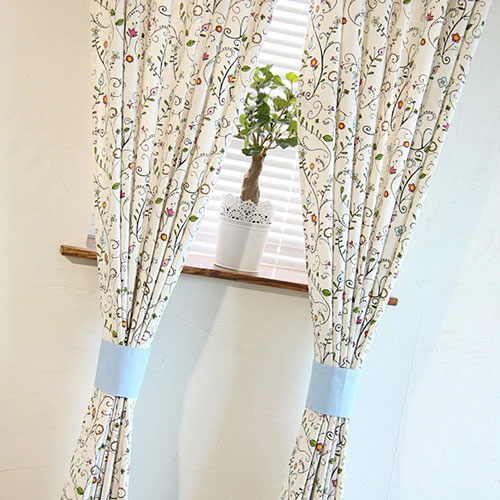
Pros and cons of DTF printing and sublimation printing
Pros and cons of DTF printing
Pros
Wide fabric applicability;
High-precision and high-efficiency printing;
Low printing cost, suitable for mass production.
Cons
The printer needs to be cleaned and maintained regularly;
The air permeability of the printed pattern is not as good as sublimation printing;
Color difference or pattern shedding may occur after multiple washings on some materials.
Pros and cons of sublimation printing
Pros
Bright colors and rich layers;
The printed pattern is soft and breathable;
The image is durable and does not easily fade;
Can print full-print products on a large area.
Cons
Only white or light-colored polyester fabrics can be printed;
High requirements for printing environment and operation;
Sublimation transfer is required, and the printing speed is relatively slow.
Detailed comparison between DTF printing and sublimation printing
Fabric aspect
DTF printing: It has extremely high fabric compatibility and can be applied to almost all types of fabrics, including cotton, polyester, nylon, wool, silk, etc. Whether the fabric is dark or light, DTF printing can achieve a good pattern transfer effect.
Sublimation printing: It is relatively limited and not suitable for printing dark or black fabrics. It is more suitable for printing white or light-colored polyester products. The more polyester content in the fabric, the brighter the color effect. In addition, the service life of sublimation printing on natural materials such as cotton or silk is relatively short.
Printing quality
DTF printing: It can provide high-quality printing effects, with high-precision, vivid and exquisite patterns. DTF-printed patterns show delicate details and clear edges on fabrics.
Sublimation printing: Known for its photo-realistic printing quality, it can achieve complex patterns and color gradients. As the ink penetrates the fabric, the pattern blends with the fabric to present a seamless visual effect.
Durability
DTF printing: Although DTF printing excels in fabric compatibility, the durability of its pattern may be affected by the characteristics of the fabric. In some cases, DTF-printed patterns may not be as durable as sublimation printing.
Sublimation printing: Because the ink penetrates directly into the fabric fibers, sublimation-printed patterns are highly durable. Even after multiple washings and wearing, the pattern can remain bright and clear.
Color Vividness
DTF printing: can achieve vivid color effects on various fabrics, and can show good color reproduction on both dark and light substrates.
Sublimation printing: can print extremely bright colors on light or white polyester fabrics, but due to its color gradient and penetration characteristics, the color vividness on some dark fabrics may not be as good as DTF printing.
Pattern Feel
DTF printing: the printed pattern may not be as soft as thermal sublimation printing in terms of feel, and the pattern’s breathability is also slightly worse. However, with the continuous advancement of technology, some high-end DTF printing technologies have been able to significantly improve these problems, such as powderless DTF printers.
Sublimation printing: due to the characteristics of its ink penetrating the fabric fibers, the printed pattern is integrated with the fabric, and the feeling of the image attached to the surface is almost imperceptible. Therefore, the pattern printed by thermal sublimation feels softer and more comfortable.
DTF printing and sublimation printing:which is more suitable for your business?
Choosing DTF printing or thermal sublimation printing depends on your specific business needs and market positioning.
If you pursue fast response, low cost, and high efficiency, and your product materials are diverse and the color requirements are not particularly demanding, then DTF printing may be more suitable for you. It can help you quickly achieve personalized customization and meet market demand.
However, if your product has extremely high requirements for color performance and you want the printed image to have strong durability and stability, then thermal sublimation printing is undoubtedly a better choice.
Although the printing fabrics are limited and the printing speed is relatively slow, its advantages in color reproduction and material adaptability will bring you higher product-added value and market competitiveness.
Conclusion
DTF printing and thermal sublimation printing have their advantages, choosing which one is more suitable for your business requires comprehensive consideration of your product characteristics, market demand, cost-effectiveness, and other factors.
By deeply understanding the working principles, application scope, advantages, and disadvantages of these two printing technologies, you can make more informed decisions and inject new vitality and competitiveness into your business.
No matter which printing method you choose, you should focus on technological innovation and quality improvement to meet the growing personalized needs of consumers.
Still don’t know how to choose? Contact the professional KingJet team now.
